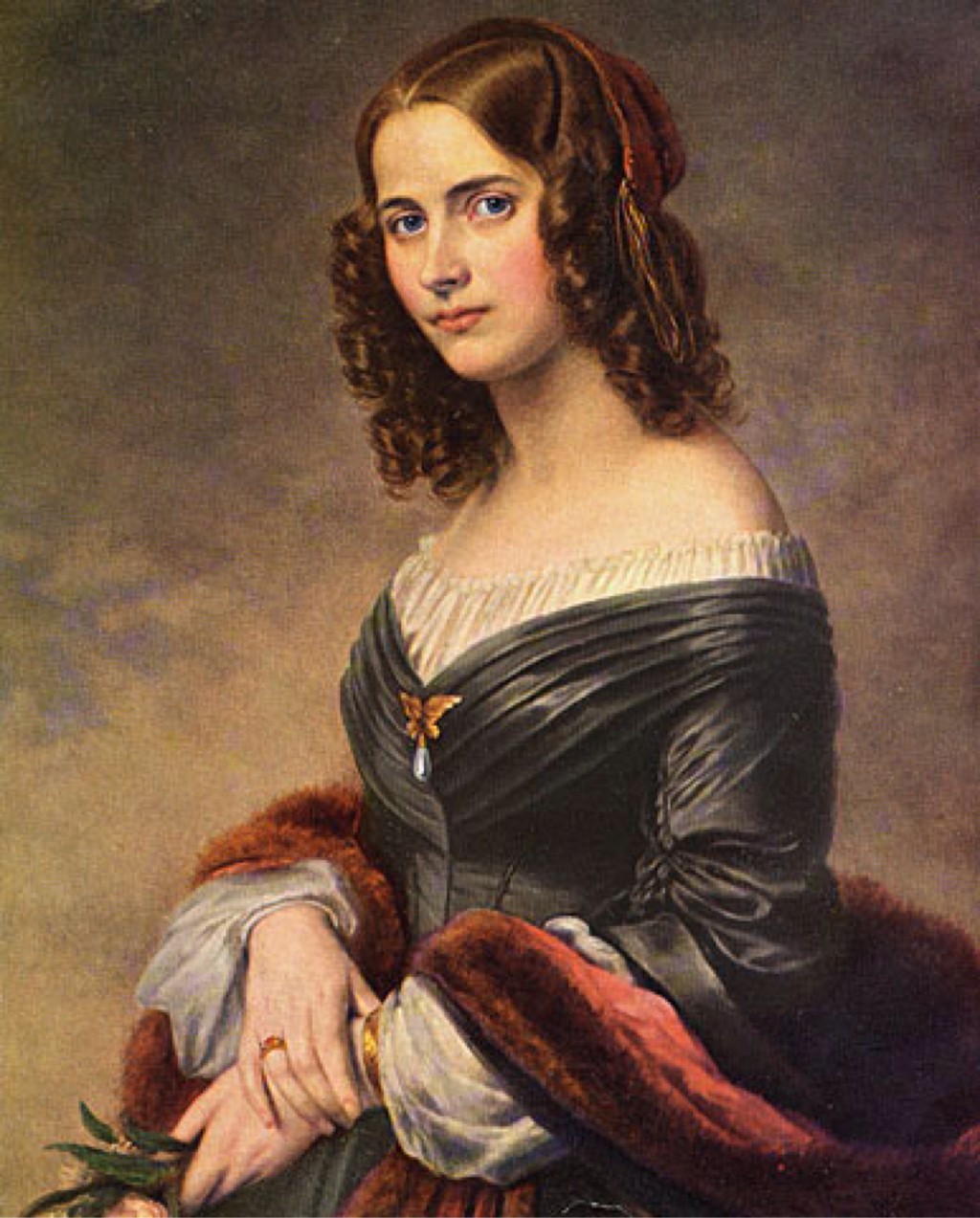The Case Of The Missing Mendelssohn

Has anyone else listened to the new Harry Styles song on repeat for hours on end and then kind of just transitioned into listening to the entire One Direction back catalog, reminiscing on their early 20s and in turn found it almost impossible to focus on classical music without thinking about aging? Cool, me either.
Last week, I brought you a man named Felix Mendelssohn, a Romantic German (to which I must say a big whole-hearted “same” about myself), and this week, I want to bring you the other side of the Mendelssohn coin which is his older sister, Fanny Mendelssohn. It’s possible you know of Fanny, not necessarily from her music, but because she’s a relatively timely composer of late. In only March of this year, it was discovered that her Easter Sonata, once credited to her brother, was actually hers, and it was played live under her name for the very first time this year. Very cool! Congrats, for once in the history of time, to a woman for getting the recognition usually given to a man for an accomplishment.
A Mendelssohn masterpiece was really his sister’s. After 188 years, it premiered under her name.
There’s a big reason as to why Fanny Mendelssohn’s work was credited to her brother, and that’s because in the past, it was illegal for women to do literally anything but get married and have children. But Fanny was a prodigy (I feel both confident and fine calling her by her first name; it is, after all, nearly my own). At the time of her death in 1847 at the age of 41, she had composed 500 pieces. That’s insane.
It’s tough to find a recording of said Easter Sonata so instead, I’ll bring you her Sonata In C Minor written for piano. Certainly one of you is thinking, “Oh, you just loooove to write about piano music, don’t you?” And the answer is yes. And this sonata in particular is the first time I’ve written about a solo piece in particular. It’s just piano, folks. No ramblings about cello or timpani or any other instruments.
It opens with an Allegro moderato e con espresione, or: “moderately quickly and with expression.” I always love notes like that in the title of a movement of a piece. “And with expression,” as if to say, “don’t make this boring.” But that would be nearly impossible with a piece this, well, expressive! This first movement sort of tilts you into itself. It’s slow to start, a little repetitive, but by the 41-second mark, it’s really started to pick up with speed and deliberate beauty. And then! By the 1:30 mark is where you really and fully get the grasp of the power behind Fanny’s composition. Composed in 1824, this would mean that Fanny was 19 years old, the hottest age any one person can be in their whole life, for what it’s worth. Like I said, a prodigy.
The Andante con moto is a step backwards from its first movement. To be fair and honest, I feel her youth showing through in this piece. It’s like trying to write sadness when you don’t know it; in college I wrote a short story about a break-up having literally never gone through one and my professor was like, “this is a big lie.” I wouldn’t be so harsh about Fanny’s piece, not in the slightest, and I don’t even know if it’s fully meant to be sad. But it’s slow without the slowness, heavy without the weight. No doubt it still sounds good. It’s listenable, but I don’t know if there’s anything really being said.
That all said: the third movement, the Presto, is a powerhouse of a piece of music. It races. It jolts you awake, pulls you out of an artificial despair and into this dark and twisty vision of a finale. There’s actual conflict here, and maybe this is the kind of conflict Fanny could really grasp at the age of 19. “I love drama,” that kind of shit. And it’s funny! You almost want to interrupt her, give it a “wait a second,” but that would be unfair to her. There’s such skill in this piece (played so adeptly by Heather Schmidt in this recording). I love the part around the 40-second mark as the treble clef dances around while the chords in the bass clef slowly work their way up in this dramatic, almost foreboding way. The last section of it, kicking into gear around the 2:20 mark, is just pure fun. It’s so playful and good, which makes me want to tear my hair out that Fanny had to do things like publish under her brother’s name. The past was so bad to women, as is the present, and maybe the future. Who knows! But I listen to this and feel some sense of catharsis knowing her work can reach women who will be both comforted and riled by it today.
Fran Hoepfner is a writer from Chicago. You can find a corresponding playlist for all of the pieces discussed in this column here.
